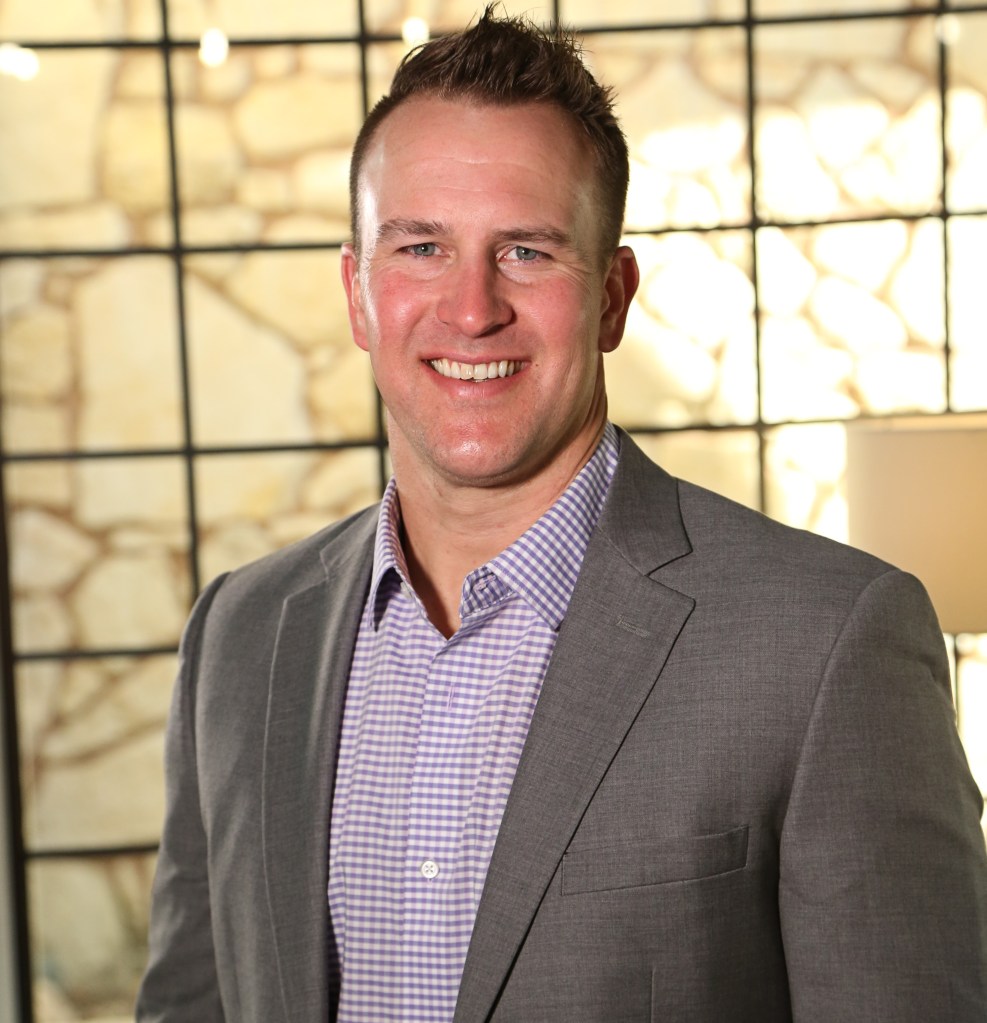5 Ways to Avoid E&O Claims When Working with Professional Services Clients

By: Matthew R. Davis
Brand consultant David Airey once said: “Without professionalism, I’d be an amateur, and the clients I want don’t hire amateurs.”
That’s a bold statement, but it has the ring of truth to it. Most agencies hope to bring in business from affluent clients in their community because they have lots of valuable property to insure. What’s more, these “professional” customers—including doctors, lawyers, accountants and officers in corporations—have money to spend on the very coverages you’re selling! That’s the good part.
But here’s the thing about having a professional as a customer: They expect you to be a professional too and will hold you to the same standard they are held to. Bear this in mind as you place their professional liability coverages. These sophisticated customers know your agency has errors & omissions coverage, and they’re not afraid to use it.
There is good news and bad news on this front. The good is that the number of professional liability claims aren’t rising. The bad news is that they’re not going down, either. We’ve seen 240 claims over the past five years alone, and they tend to be expensive, often costing tens or hundreds of thousands of dollars to resolve.
We’ve seen claims by lawyers, doctors, dentists, architects, accountants, appraisers and even one involving a teacher. By their nature, directors & officers claims also fit into the same broad category.
The errors we see most frequently with these claims are failure to: procure coverage; provide timely notice of a claim to the carrier; recommend a coverage type; adequately explain policy provisions; and duplicate prior coverage. The most common missteps in the process where these claims arise are: completing applications; recommending coverages; renewing policies; replacing policies; and reporting claims.
Here are five examples:
1) Failure to disclose. A manufacturing customer worked with its broker to procure a D&O policy, the application for which inquired about “any litigation, demand letter or investigation by the government.” The customer had received a cease and desist letter but didn’t disclose it on the application, alleging that they withheld it on advice from their broker. After the policy was issued a claim was made, but the carrier denied coverage based on failure to disclose the letter.
2) Explaining policy provisions. A customer engaged in franchising operations had its D&O coverage non-renewed due to the frequency and severity of its claims. The broker was able to find replacement coverage. However, the new policy had a franchise exclusion endorsement. When several franchisees filed suit against the customer, the carrier declined coverage based on that exclusion, which the customer claims it was unaware of. The damages alleged are more than $5 million.
3) Failure to procure coverage. E&O and D&O policies were placed for a tax firm that requested that a newly formed entity be added to its policies. The carrier responded with questions about the entity, which the broker immediately forwarded to its customer, issuing a certificate of insurance showing the entity as an additional insured. However, the customer never answered the carrier’s questions, so the carrier never added the entity to the policy.
4) Untimely notice of a claim. A manufacturing firm with commercial general liability and E&O policies allegedly told its broker about a potential claim that the firm was working to address. The agency gave notice to the CGL carrier, but not the E&O carrier. When the matter ripened into a claim, the E&O carrier was put on notice, but it denied the claim based on “late reporting.”
But the grand prize goes to this claim scenario, which we’ve seen multiple times:
5) Mistakes when looking for discounts. A customer looking for a premium break asks its broker to remarket its claims-made E&O policy. The agency does so and is pleased to report that it found replacement coverage at a substantial discount, which the customer promptly accepts with delight. That sense of delight fades, however, when claims are subsequently made and the carrier denies them because errors were made prior to the inception of its occurrence policy.
The agency is confused because there was no gap in coverage. The claims-made policy terminated at midnight, and the occurrence policy incepted one tick of the clock after midnight—back-to-back. The problem is, the claims-made policy provided full prior acts coverage, while the occurrence policy only covered claims that happened during the policy year.
This situation probably could have been avoided by the purchase of tail coverage on the expiring claims-made policy, but you know what that means. The discount you found for your client will likely disappear—and may make coverage more expensive than if your customer simply renewed its previous policy.
As is true of most losses, these problems are much easier to see with the benefit of hindsight. But a few tips will help you avoid many of these situations:
- Know your client and its business. Review a policy considering your knowledge of the client. Does the E&O policy you’re placing for your manufacturing client exclude coverage for claims regarding the product they’re manufacturing? That may be a problem.
- Never make assumptions about what the carrier wants. That’s true of both applications and claims reporting, and everything in between. If you cannot reach out to the carrier for clarification, always err on the side of reporting prior issues on applications and new claims to the carrier. If in doubt, which carrier do you report to? The one providing the E&O, D&O or CGL? The answer: All of them.
- Understand the coverages you’re writing. If you are writing professional liability coverage, understand the important differences between claims made and occurrence coverages.
Matthew R. Davis is a vice president and claims manager at Swiss Re Corporate Solutions.










